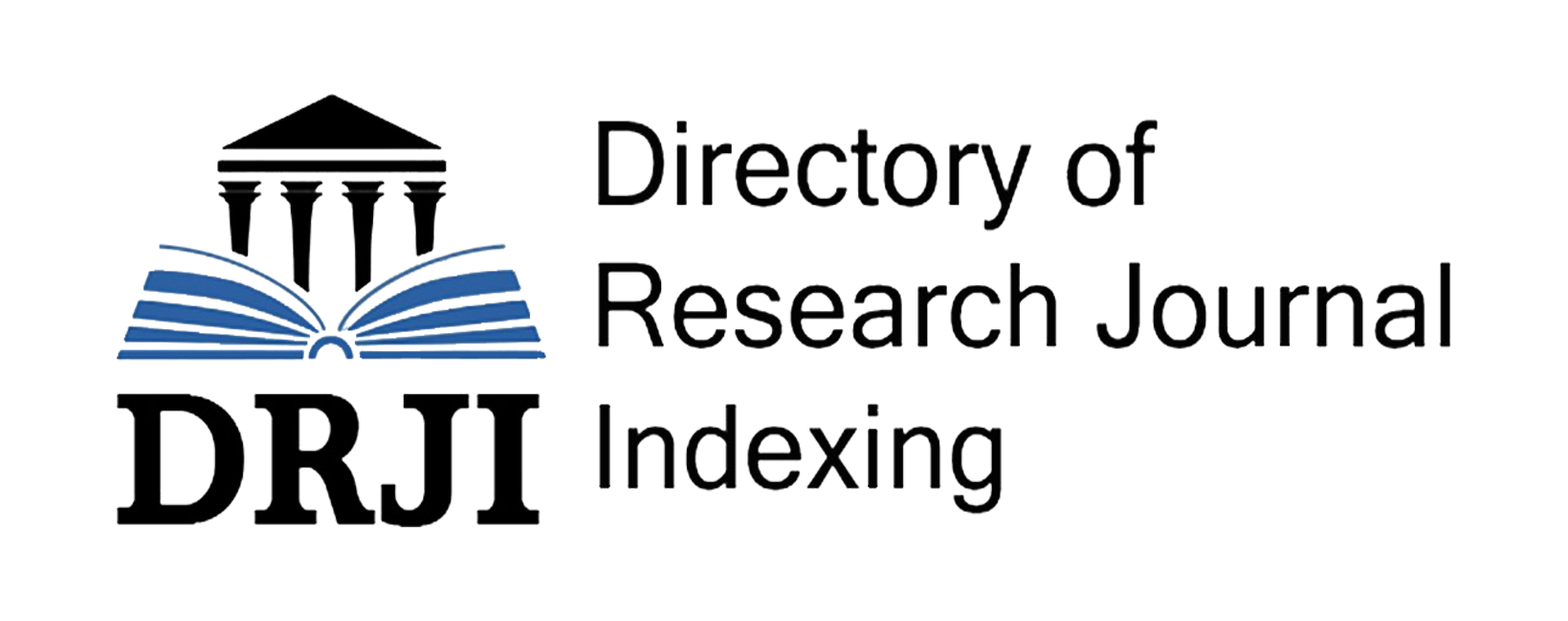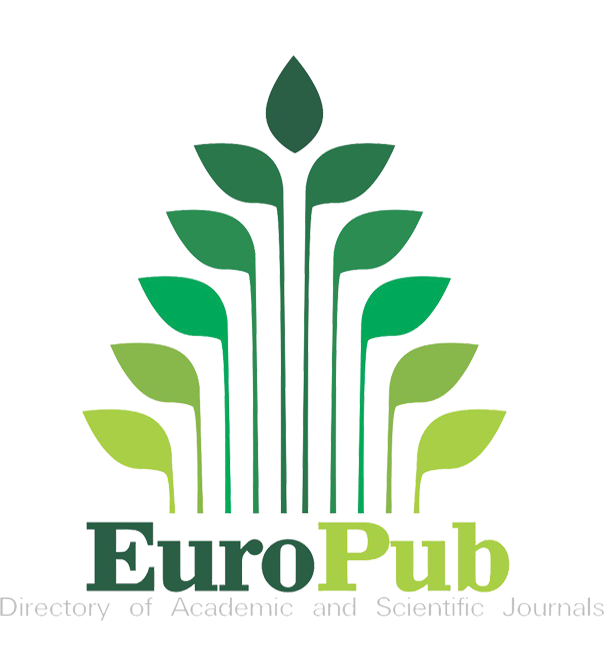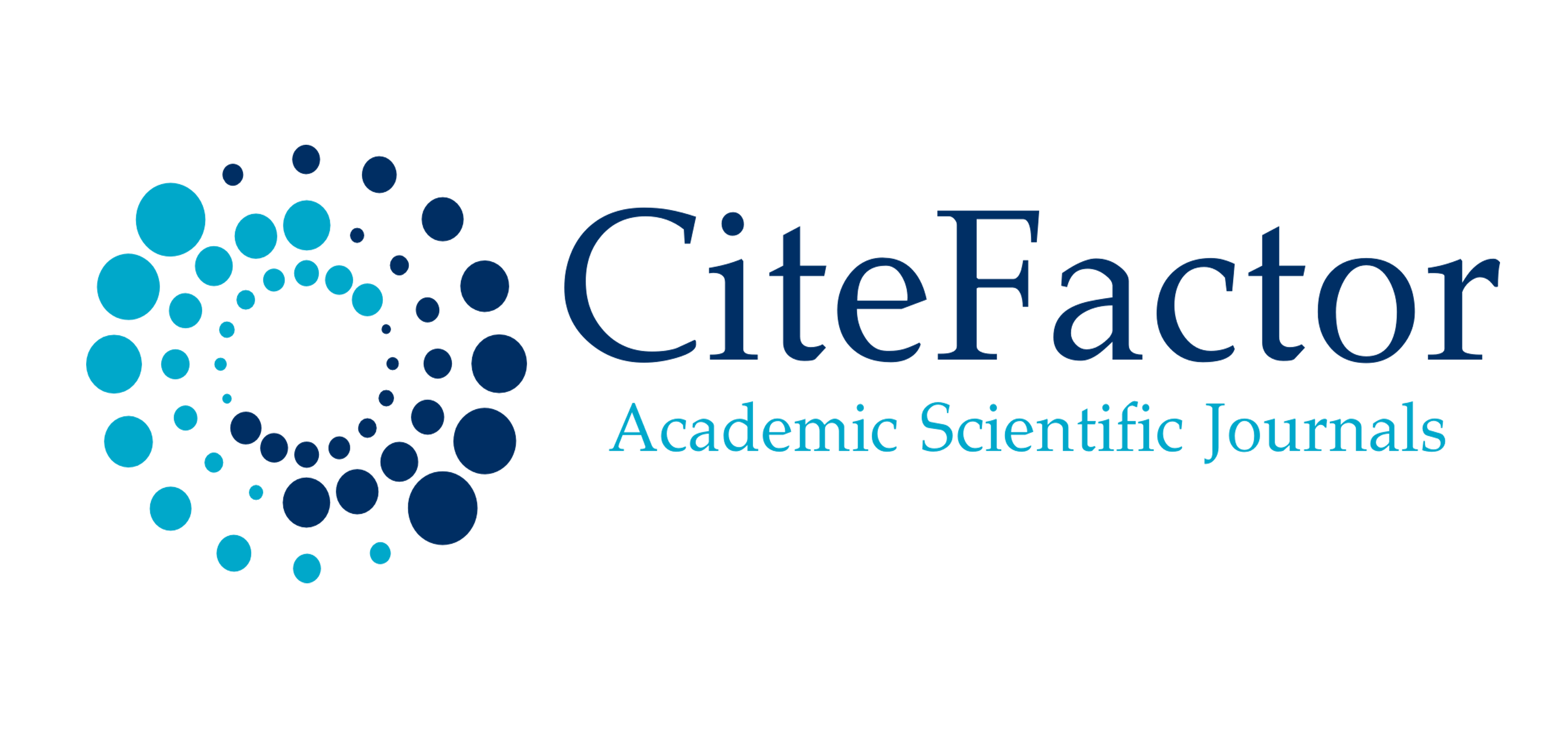MULTI-LITERATE APPROACH IN EDUCATION
Keywords:
multiliteracy, a survey, communication technologies, education, multiliterate, 20th centuryAbstract
In this article, multiliteracy is considered from the perspective of communication technology and its role in the field of education. To clarify this issue, a survey is conducted among English language teachers. Based on the results and subsequent discussion, a general model of multiliteracy in education, its use, its most popular techniques, as well as the pros and cons of using a multiliterate approach in the classroom is revealed.
References
Westby, C. E. Connecting Play and Language to Literacy and Social-Emotional Development: Assessment and Treatment for Young Children, 2021. – Digital seminar. URL: https://t.ly/9awo [Accessed: 24/03/2023].
Langer, J. A. Envisioning knowledge: Building literacy in the academic disciplines. - New York: Teachers College Press, 2015.
PASADAS UREСA, Cristуbal. “Multiliteracy and Social Networks in Higher Education”. In: “Information and Digital Competencies in Higher Education” [online monograph]. Revista de Universidad y Sociedad del Conocimiento (RUSC). Vol. 7, No 2. UOC, 2010, - 57-83. URL: https://t.ly/_AR7 . [Accessed: 24/03/2023].









